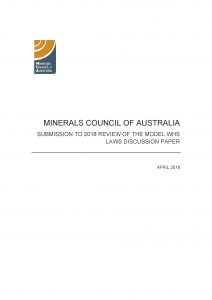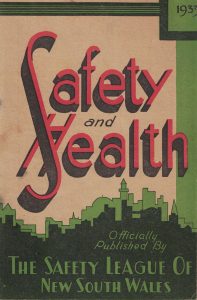 The Minerals Council of Australia (MCA) has released its submission to the Independent Review of Work Health and Safety Laws. It is a good example of the business-speak that can erode the effectiveness of clear communication, but the submission is still revealing. Here is an example from its Executive Summary:
The Minerals Council of Australia (MCA) has released its submission to the Independent Review of Work Health and Safety Laws. It is a good example of the business-speak that can erode the effectiveness of clear communication, but the submission is still revealing. Here is an example from its Executive Summary:
“A nationally-consistent, risk-based preventative Work Health and Safety (WHS) regulatory system, supported by industry-specific regulation, would deliver benefits based on greater certainty, consistency and efficiency. It would also help to ensure that compliance challenges do not detract from the practical tasks of identifying, managing and minimising risk and the continuous improvement of safety and health outcomes by companies.” (Page 3)
So, the MCA wants national occupational health and safety (OHS) laws?



 Small regional conferences often work better than major city-based conferences as the atmosphere is more relaxed, delegates are more approachable and there is less pressure to attend some grand trade expo.
Small regional conferences often work better than major city-based conferences as the atmosphere is more relaxed, delegates are more approachable and there is less pressure to attend some grand trade expo. 
